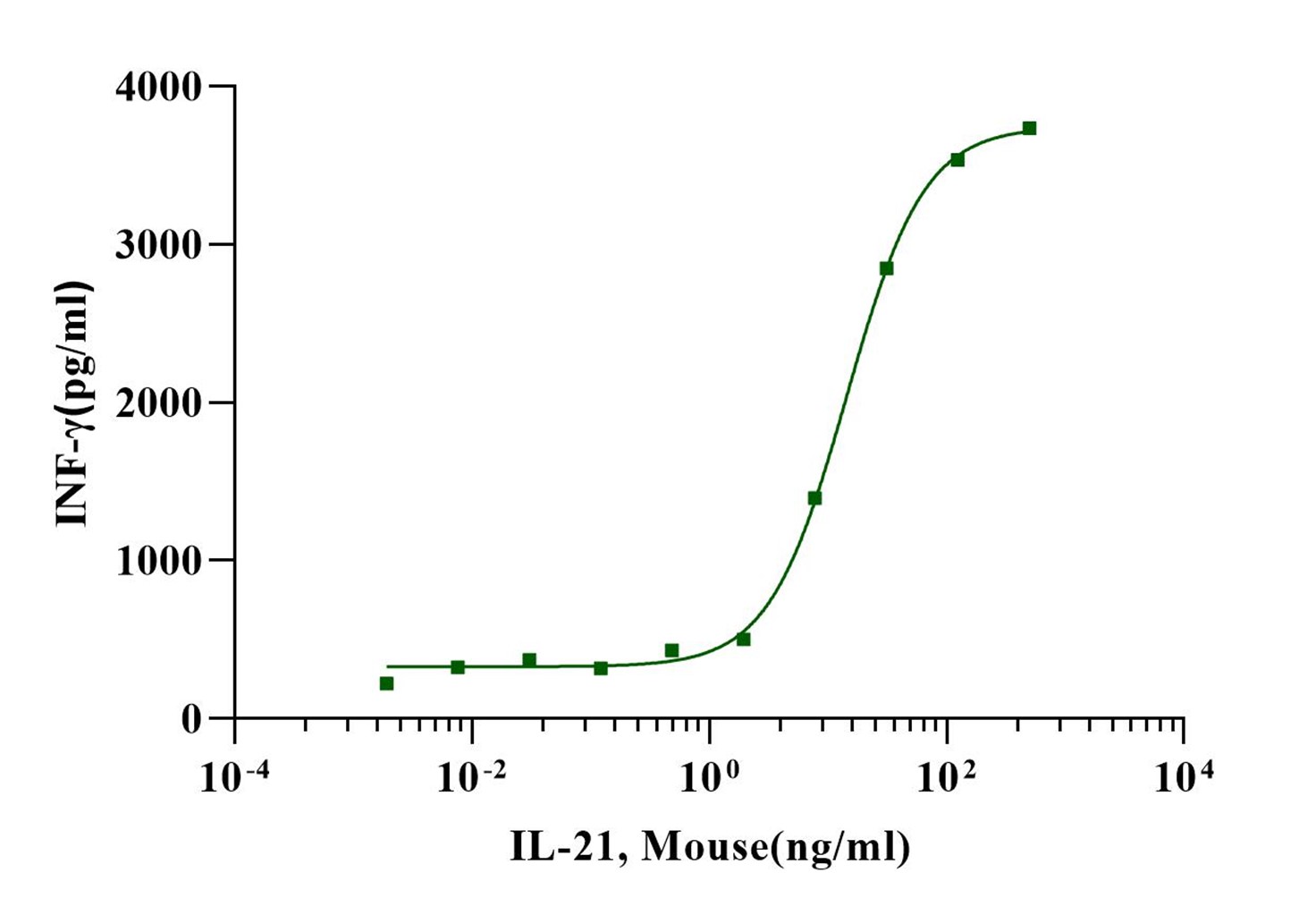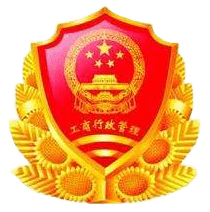



 下载产品说明书
下载产品说明书 用小程序,查商品更便捷
用小程序,查商品更便捷



 收藏
收藏
 对比
对比 咨询
咨询












IL-21 belongs to the IL-15/IL-21 family. It is a cytokine with immunoregulatory activity. IL-21 is a T-cell–derived cytokine that works in concert with other γc cytokines. It synergizes with IL-7 and IL-15 to expand and activate CD8 T cells. IL-21 also augments the activity of NK cells. IL-21, along with IL-6, drives differentiation of Tfh. Tfh cells are found preferentially in B-cell follicles, where, under the control of the transcription factor BCL6, they regulate B-cell development, activation, and class switching. Tfh cells are also a source of IL-21. IL-21 appears to have some anticancer properties, and it has been tested in the treatment of melanoma.


· 3 months, -20 to -80℃ under sterile conditions after reconstitution.
· 1 week, 2 to 8℃ under sterile conditions after reconstitution.
· Please avoid repeated freeze-thaw cycles.
1、Coquet J M. et al. (2007) IL-21 is produced by NKT cells and modulates NKT cell activation and cytokine production. J Immunol. 178(5):2827-34.
2、Wei L. et al. (2007) IL-21 is produced by Th17 cells and drives IL-17 production in a STAT3-dependent manner. J Biol Chem. 282(48):34605-10.
3、Parrish-Novak J. et al. (2002) Interleukin-21 and the IL-21 receptor: novel effectors of NK and T cell responses. J Leukoc Biol. 72(5):856-63.
4、Kuchen S. et al. (2007) Essential role of IL-21 in B cell activation, expansion, and plasma cell generation during CD4+ T cell-B cell collaboration. J Immunol. 179(9): 5886-96.

参考图片
Measured by its ability to enhance IFN-gamma secretion in NK-92 human natural killer lymphoma cells. The ED50 for this effect is less than 20ng/mL.
1μg (R: reducing condition, N: non-reducing condition).






 危险品化学品经营许可证(不带存储) 许可证编号:沪(杨)应急管危经许[2022]202944(QY)
危险品化学品经营许可证(不带存储) 许可证编号:沪(杨)应急管危经许[2022]202944(QY)  营业执照(三证合一)
营业执照(三证合一)